The first seed to break the surface of the soil this year is celery. Next comes the bergamot and lemongrass, and then, more slowly, the leeks. Their greens are tiny pin pricks against the deep brown and perlite white of the potting soil; under the bright grow light in my kitchen, they begin to unfurl, stretch upward. It is early March of my third year in this house, and this garden.
Outside, there is a large pile of horse manure sitting on our otherwise unused driveway. One of the earliest spring tasks is to spread it, wheelbarrow by wheelbarrow, over the garden beds. This is a task my toddler enjoys helping with. I use a large metal spade, and she uses a small plastic one.
This time last year, my toddler and I were digging out sod to make new squash mounds. I was listening to the news every day. Already, someone had died of COVID-19 in Canada. As my toddler shovelled, using the same yellow plastic shovel she’s using this year, she wrapped her two-year-old mouth around the word “coronavirus,” repeating it over and over as we worked in crisp air and sunshine.
Last spring unfurled that way, sprouts and blooms emerging two by two with worsening news, and our worsening anxiety, about COVID-19. But the garden — we built raised beds from cedar planks, spread mushroom manure, planted our first snap peas — provided hope. A literally grounded vision of the future. Blueberry blossoms to be followed by blueberries; tiny broccoli seedlings to be followed by leaves and the eruption of edible florets; hellebore and heather blooms offering colour against the cool grey early spring sky.
This year feels a bit different. Instead of, or alongside, hope, my early time in the garden is unearthing the difficulties of the past year. Like many people, I lost elders and could not mourn in the way I would have if we were not barred from travelling and gathering. It still feels good to be outside, but the feeling is tinged by sadness.
This is a sentiment Lori Weidenhammer, author of Victory Gardens for Bees, echoes.
“When I was a child, over the winter, because I lived in Saskatchewan,” Weidenhammer says, “I’d be looking at the seed catalogues and thinking, what am I going to grow?”
Now, Weidenhammer generally begins to work in her garden when her forsythia starts blooming. There’s an idiom, she says, that marks the beginning of the season for her — “when the forsythia is blooming, it’s time to prune the roses.”
“This year, with the pandemic, I’m still kind of traumatized,” Weidenhammer says. “Yesterday I was exercising outdoors by this currant bush, that last year at this time of the year I was exercising at, and it was just the beginning of the lockdown, so it triggered all of these horrible, horrible feelings.”
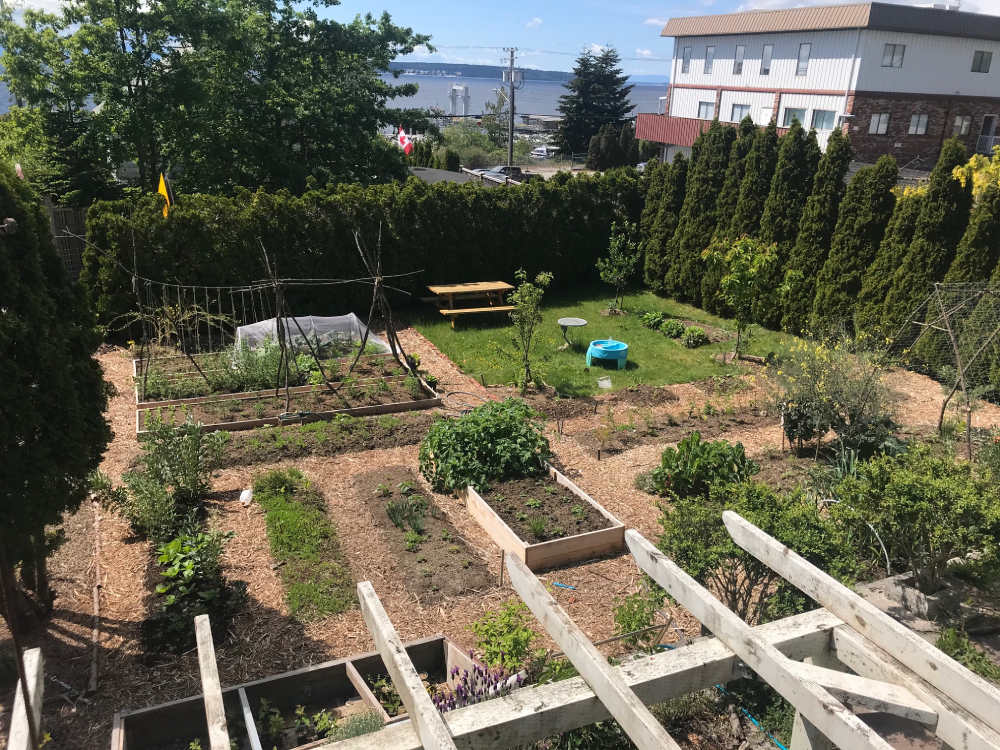
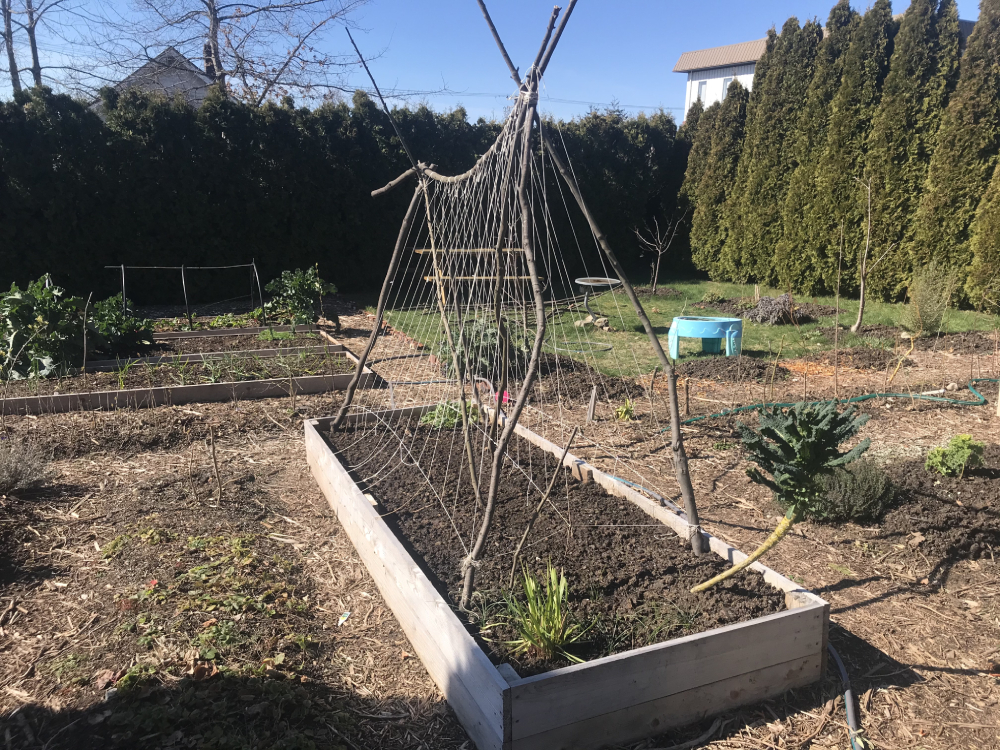
Still, I feel lucky to have access to my yard, with its trees and shrubs and soil. And as I grow food and flowers for myself, I’m also afforded the opportunity to make choices that will benefit the bees and birds and insects in my environment.
Weidenhammer has suggestions for ways I can make my garden more appealing to birds and beneficial insects: like last year, I can allow my brassicas, such as kale, to bolt and flower, providing early-season sustenance to bees (and children, she adds, who also tend to enjoy chomping on the blooms). Next year, I can overwinter some carrots and let them go to seed in spring, too.
More broadly, I can focus on making sure there are plants in my garden that bloom all year round — salmonberry, osoberry and red flowering currant in the spring; roses to fill the June gap between spring and summer; long-blooming snowberry; rudbeckia, aster and yarrow.
Some of the herbs I grow, like thyme, oregano and rosemary, offer medicinal properties to foraging bees; they also provide bare-earth, undisturbed parts of my garden where species of bees that nest in the ground can make their homes.
Later in the summer, my scarlet runner beans will draw hummingbirds. The bee balm and borage I’m growing this year should be a boon for pollinators, too.
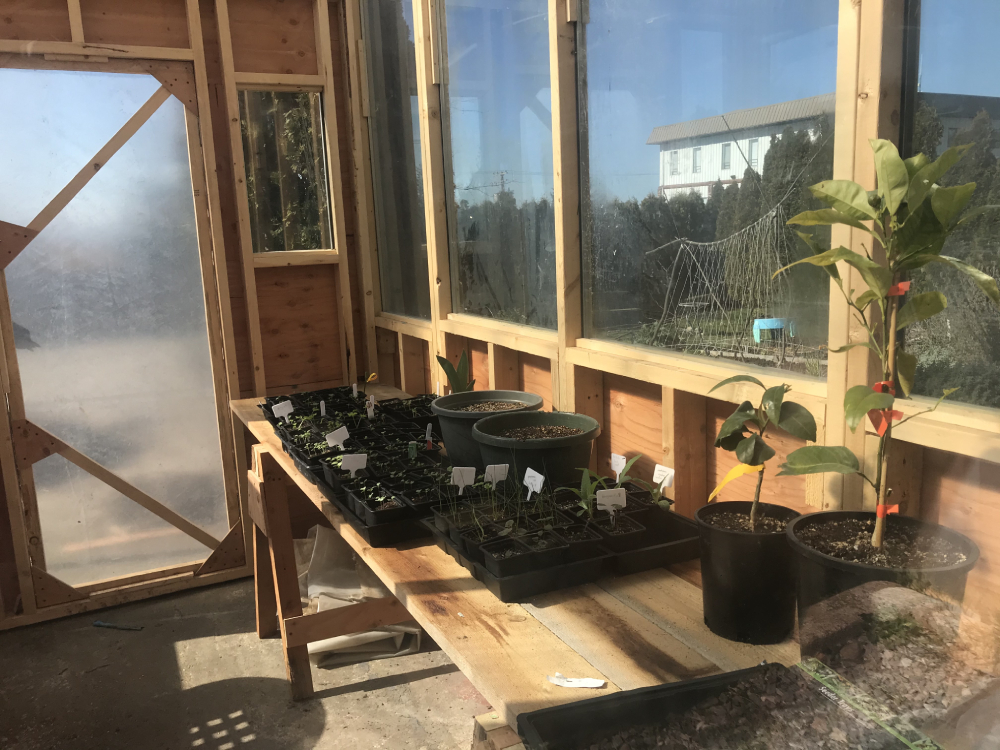
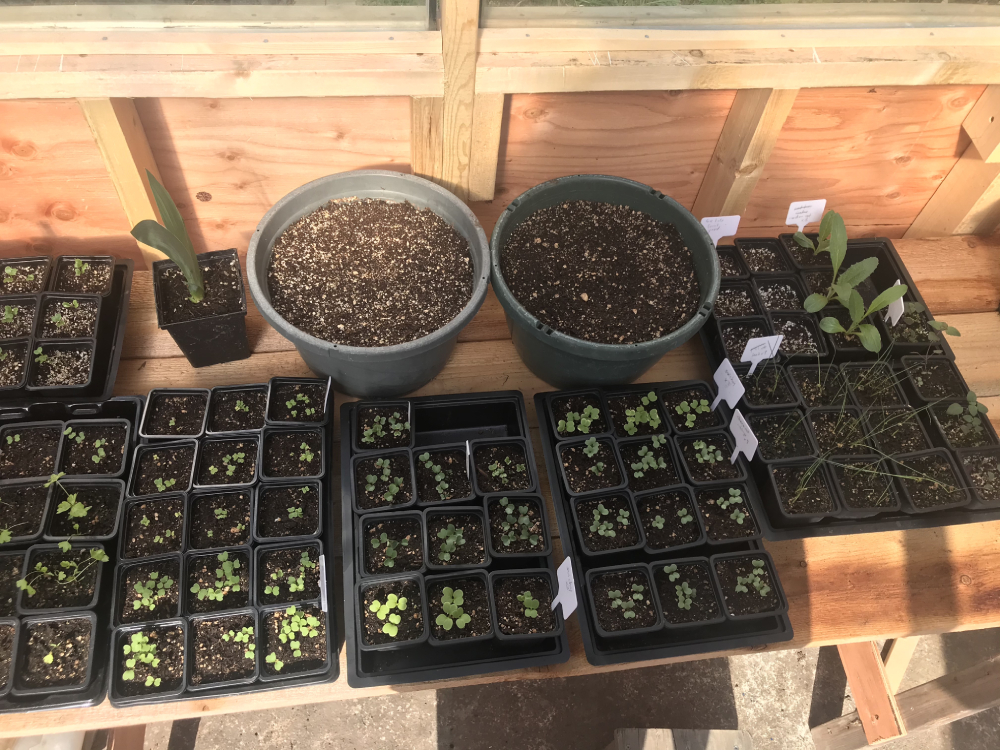
And my conversation with Weidenhammer brightens my mood, too. We’ve been friends on Twitter for a while, but recently met for the first time during a garden planning workshop held over Zoom.
We all sat in our respective houses with pencils and paper and drew our plans for the coming year, swapping suggestions about companion planting, underplanting and crop rotation in small spaces. While all of the workshop participants lived in different cities from mine, I will also swap seedlings and produce with other vegetable gardeners who live in Powell River later this spring and summer.
More than the early-year outdoor tasks, Weidenhammer says, it’s these moments of connection that have helped sustain her through the loneliness and grief of the past year. “We have to keep digging, and we have to keep gardening, and we have to help each other,” she says.
That feels true to me, too. Gardening is, at its core, something I do to nourish myself. But the part of myself that I’m nourishing is the part that is reaching out to others. ![]()
Read more: Food, Coronavirus


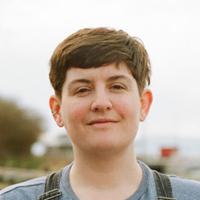
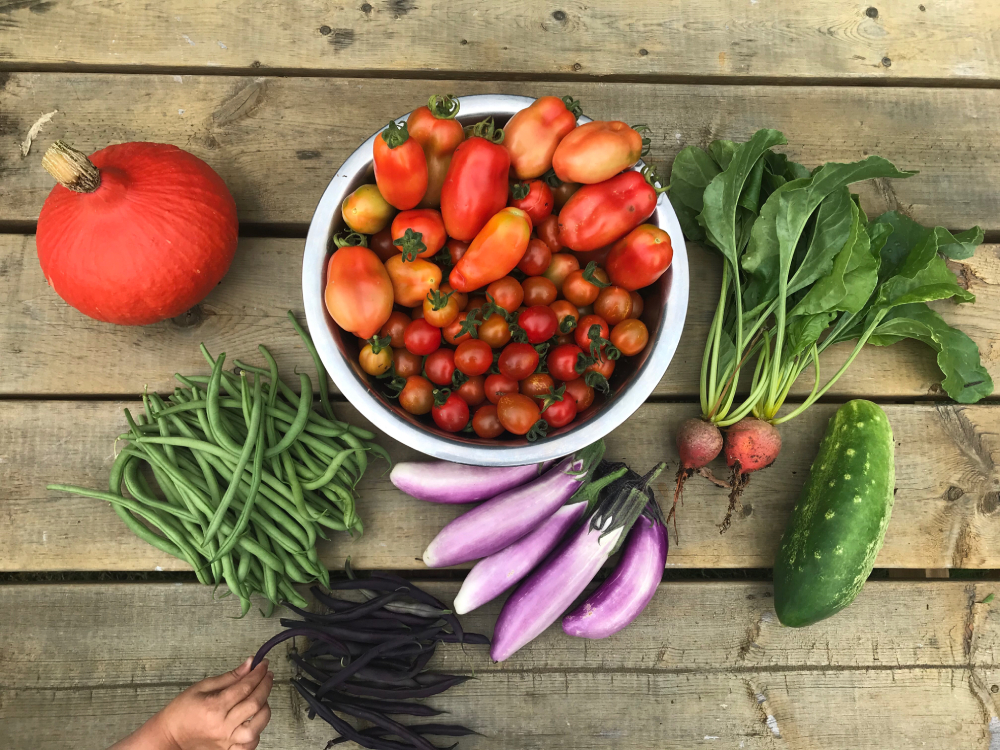












Tyee Commenting Guidelines
Comments that violate guidelines risk being deleted, and violations may result in a temporary or permanent user ban. Maintain the spirit of good conversation to stay in the discussion.
*Please note The Tyee is not a forum for spreading misinformation about COVID-19, denying its existence or minimizing its risk to public health.
Do:
Do not: